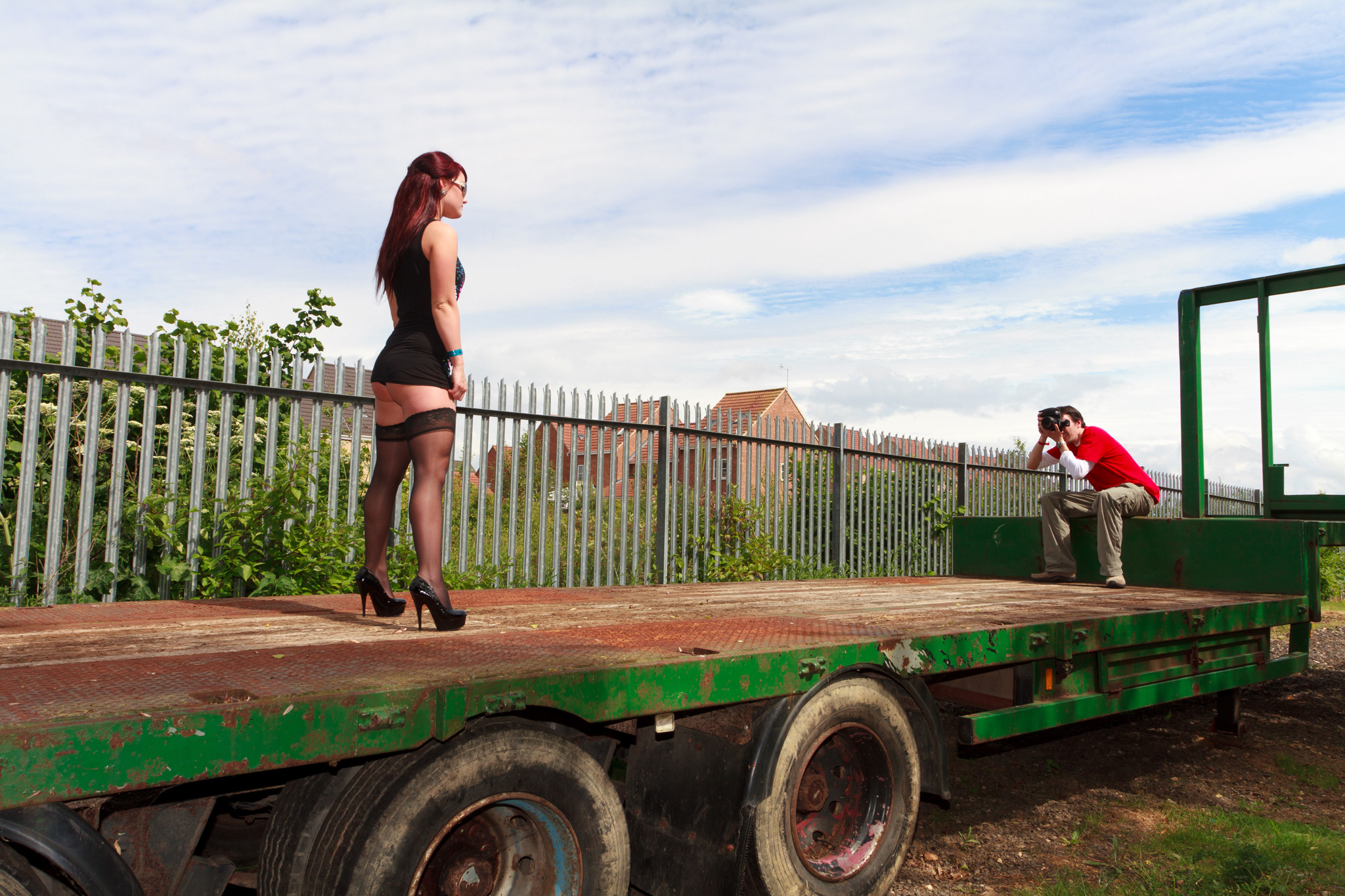
Someone showed me a link this week to a program called Piccure designed to remove camera shake and motion blur from photographs. If this was an iPhone app, aimed at cleaning up those shaky images shot in nightclubs it’d be brilliant. Phone cameras just can’t deal with low light situations. But it’s not. This is a plug in for Photoshop Elements and Lightroom. It’s marketed at people with enough interest in photography to have bought an image editing package.
I quote from the website:
“Correct camera shake in a matter of seconds – save time, money and frustration.”
Seriously? I think this is just encouraging people to not learn the basics, to just spend more money on a plugin that will attempt to fix it after the fact in Photoshop. If you really want to “save time, money and frustration” just get to know your camera and learn the exposure triangle.
Dig a little deeper on the site and you get to this:
“For example, if you shoot a subject that is far away with a tele lens and you select a long exposure (e.g. 1/50), your image may be blurry because your camera has moved a little during the 1/50 seconds.”
It’s blurry because hand holding a long lens steady at 1/50th isn’t possible, even if you’re Joe McNally, but you do not need to buy Photoshop plugins. You can fix this easily by opening your aperture and/or upping your ISO.
This is clever technology but you really don’t need to spend £80 on it. Instead invest a little time in learning. There are plenty of free resources online, in fact you can even find a few tips on getting sharper shots right here.
So please, save your money and educate yourself instead with a few ebooks from Craft & Vision instead.

Is it just me, or is everyone a photographer these days?
I don’t mean everyone has a camera or that photography is a popular hobby, I mean I’m seeing more and more people proclaiming to be a bone fide, card carrying professional photographer.
They have a large black camera, the kit lens and maybe a flash, a web site and business cards but seemingly no idea about the craft of photography. Perhaps you don’t need to know an f-stop from a bus stop when you’ve got a shiny new DSLR? Surely a £1000 camera takes care of all that. But when it inevitably doesn’t, they still post online galleries full of unimaginative, poorly composed and technically inept images next to the words “portrait sessions just £399”.
Then there are the ones who are “now booking shoots in December” when it’s only March. Really? Your out of focus images of your cat have got you enough bookings with aspiring models, brides and families to make it through the year already? Or maybe that portfolio comprised of images from a single group shoot is really working for you and going through the agonizing process of whittling it down to 20 stunning images and ego crushing portfolio reviews just isn’t necessary.

Now don’t get me wrong, group shoots (where a studio will hire a model for a day then sell time slots to aspiring photographers) are a great way to learn. All the details are taken care of and the studio owner is there to assist with lighting and camera settings. The whole day is designed so you learn a few new ideas and come away with some good shots. So when you download your images that night and find some nicely lit, tack sharp shots of a good looking model bear that in mind. Look at them critically, analyse what worked and what didn’t, learn from them. Don’t simply pat yourself on the back, decide you have learnt all there is to learn and start trying to charge potential clients.
Buying a camera doesn’t make you a photographer any more than buying a pen or a sports car makes you an author or a racing driver. It gives you one of the items you need in your tool kit. Now you need to collect the ones you can’t buy, so know your foundations (the exposure triangle and reciprocals) get out and practice (a lot) and look at (really analyse what you like and don’t like about) as many photographs as you can.
That’s when you can start calling yourself a photographer.





Recent Comments